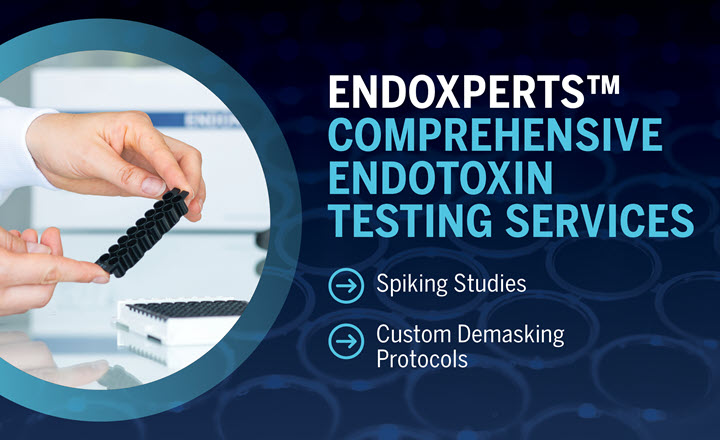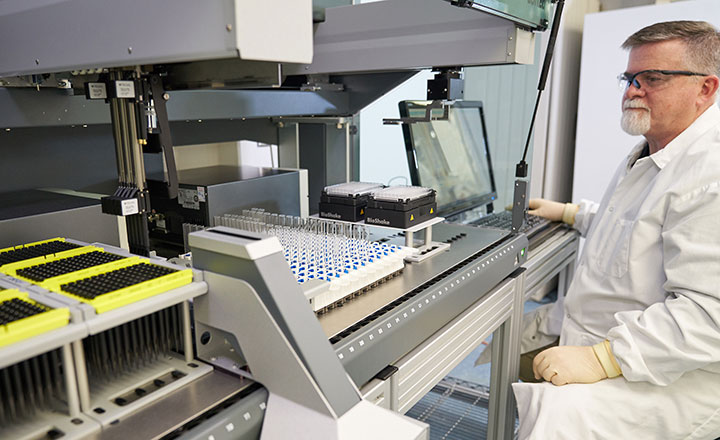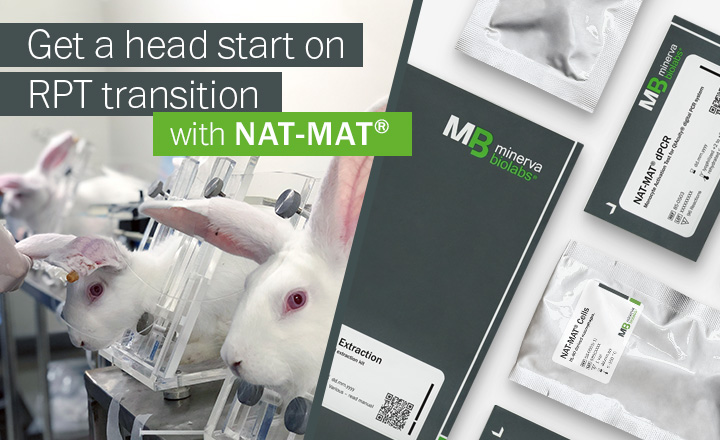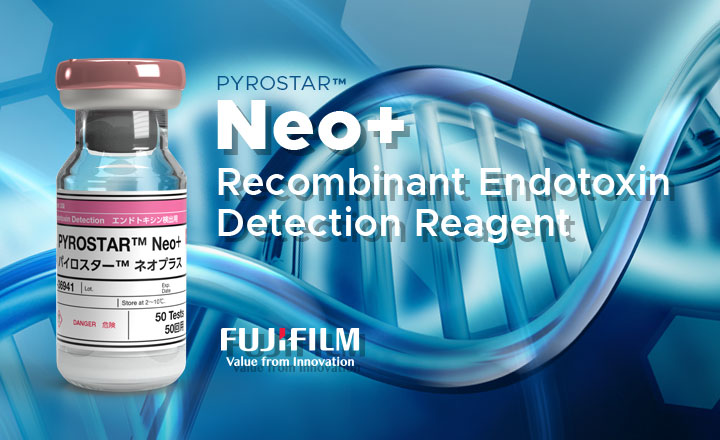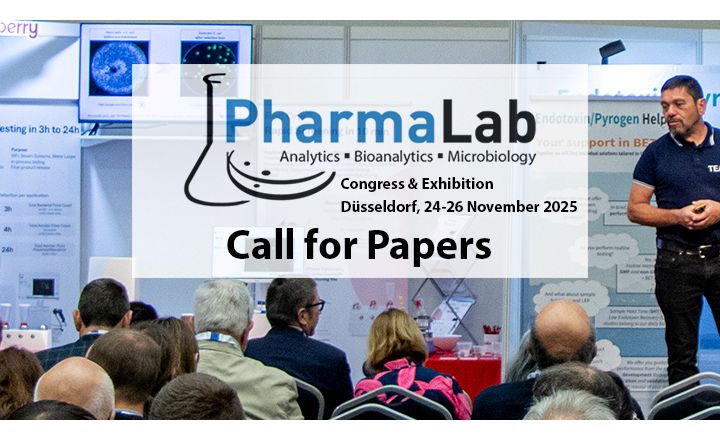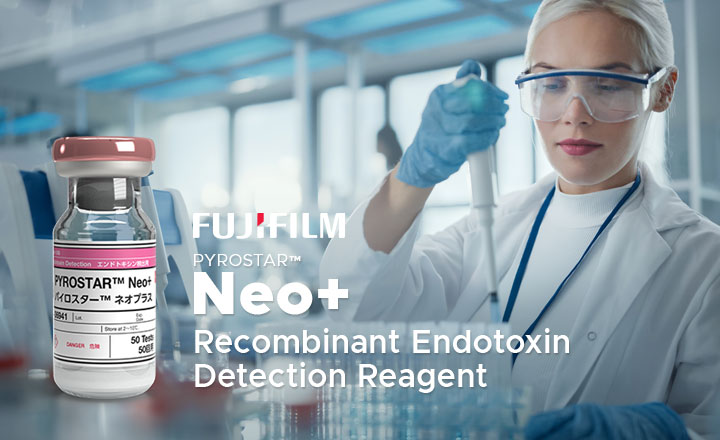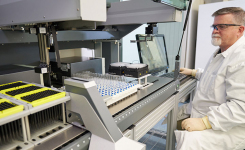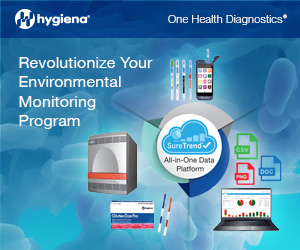Worldwide, there is a growing appeal in the pharmaceutical industry to consider recombinant technologies that can help alleviate the need for animal resources for endotoxin testing purposes.
The boost in interest is primarily due to a rapidly expanding acceptance of the recombinant Factor C test method by global regulatory authorities resulting in a growing number of users adopting alternative endotoxin methods.
Proof of Equivalency
In 2018, proof of the method’s equivalency to LAL was confirmed when the FDA approved the application for the first drug product marketed in the United States using the recombinant Factor C method as its endotoxin release test method. More
Benefits:
- Animal-free
- Higher endotoxin specificity through the elimination of false positive glucan reactions
- Sensitivity range from 0.005 to 5 EU/ml
- Less lot-to-lot variability
- Security of supply
Applications:
- Water testing
- In-process testing
- Final release testing
- Testing plant-based material
PyroGene™ recombinant Factor C in an animal-free alternative to LAL that has been accepted by the FDA as an alternative method.*
How It Works
The rFC technology is based on a recombinantly produced form of Factor C (rFC), the first component in the horseshoe crab clotting cascade, and the first enzyme to react in all endotoxin detection assays. In the PyroGene™ rFC Assay, the activated recombinant Factor C enzyme cleaves a substrate directly instead of activating another enzyme in the series (the LAL cascade). The substrate is a fluorescent tag, which gives a wide dynamic range with better resolution.
Learn more about the PyroGene™ FC Assay, how it works, regulatory status and to request a Validation Protocol.
*According to the FDA “Guidance for Industry Pyrogen and Endotoxins Testing: Questions and Answers” document from June 2012, alternative assays should be validated as described in the USP General Chapter < 1225>, “Validation of Compendial Procedures.”


